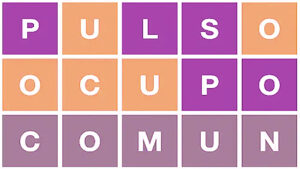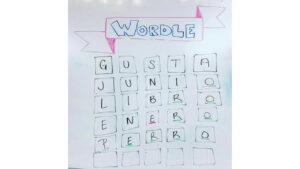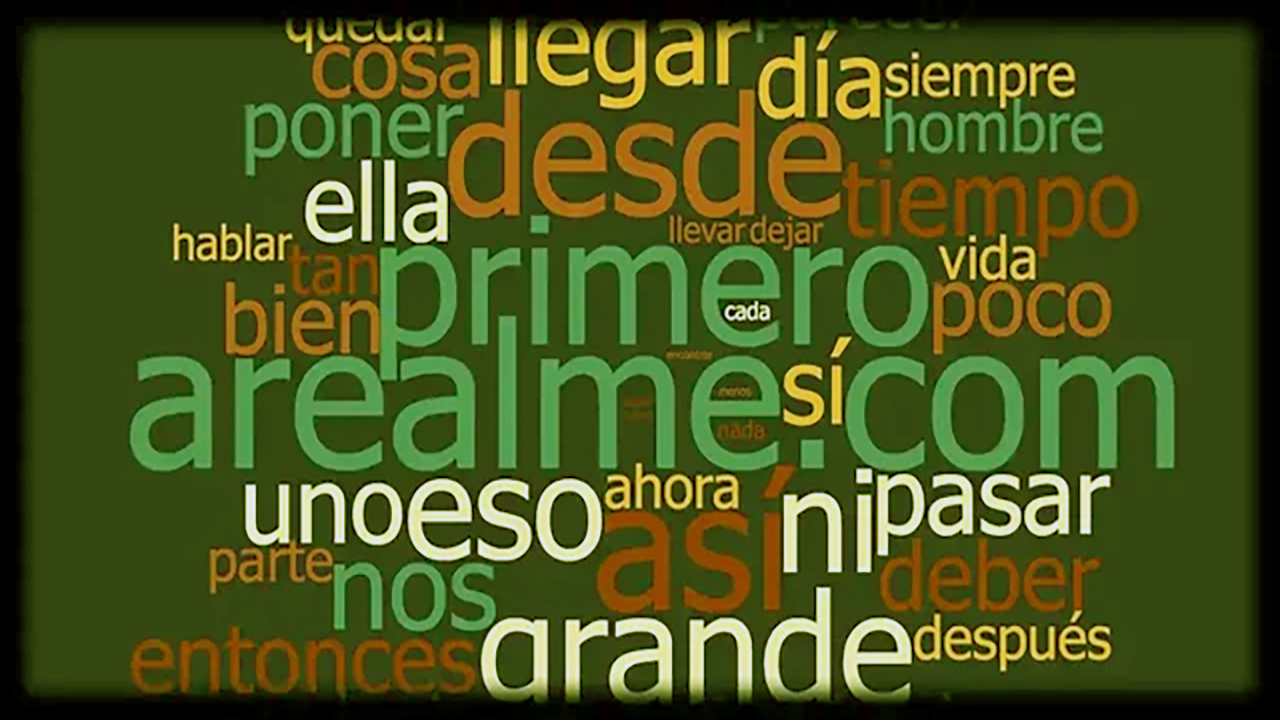Wordle took the world by storm when it was launched in late 2021, transforming how we think about word games. With its simple yet addictive mechanics, it quickly became a favorite pastime for many. However, as the game gained popularity, many players yearned for a version that catered to their language needs. Enter Spanish Wordle—or as it’s affectionately called, Wordle en Español.
In this article, we’ll delve into the unique aspects of Spanish Wordle, its appeal, and how it compares to its English counterpart. Get ready to unlock a world of linguistic fun and challenge!
What is Spanish Wordle?

Spanish Wordle is a variation of the original Wordle game that allows players to guess five-letter words in Spanish. Much like the English version, players have six attempts to identify the correct word. With each guess, the game provides feedback: letters that are correct and in the right position are marked in green, letters that are correct but in the wrong position are marked in yellow, and letters that are not in the word at all are shown in gray.
Relatable Scenario: Imagine you’re sitting at a café in Madrid with friends, sipping café con leche. You whip out your phone to play a quick round of Wordle en Español while waiting for your breakfast. You guess “mango,” and the game responds with one letter highlighted in yellow. Excitement builds as you and your friends begin to brainstorm possible words together. It’s not just a game; it’s a fun, shared experience that also helps you practice your Spanish!
Why Play Spanish Wordle?
1. Language Practice
For those learning Spanish, playing Spanish Wordle is an enjoyable way to expand vocabulary. By regularly guessing words, players can familiarize themselves with five-letter Spanish words they might not encounter in everyday conversation.
Example: If you’re a beginner learning Spanish, you might guess words like “silla” (chair) or “piano.” The game encourages you to think of different words and reinforces your learning through repetition and context.
2. Engagement with Spanish Culture
Playing Spanish Wordle can also be a gateway to deeper cultural engagement. Many of the words you’ll encounter in the game are embedded in everyday life, pop culture, or regional dialects.
Personal Insight: The first time I played Wordle en Español, I stumbled upon the word “cumbia.” I was reminded of a vibrant Latin dance I’d seen at a fiesta. The connection made my experience richer and more memorable.
3. Social Interaction
Just like its English counterpart, Spanish Wordle fosters social interactions. Friends and family can engage in friendly competition, sharing their results and strategies.
Relatable Scenario: Consider hosting a game night where everyone plays Wordle en Español. The air is filled with laughter as players compare their guesses and celebrate when someone finally nails the word. It’s a delightful blend of fun and education.
Tips for Playing Spanish Wordle

- Start with Common Letters: Spanish vowels like “a,” “e,” and “o” appear frequently in five-letter words. Begin with words that include these vowels to maximize your chances of getting correct letters early on.
- Explore Regional Variations: Be aware that Spanish is spoken in various countries, and some words may have different meanings or usages in different regions. Familiarize yourself with common words from various Spanish-speaking countries to increase your vocabulary.
- Use Online Resources: Websites and apps that specialize in Spanish language learning can help you expand your vocabulary. Use tools like flashcards or language apps to reinforce words you’ve learned through the game.
Comparing Wordle en Español to Wordle in English
Similarities
- Gameplay Mechanics: Both versions maintain the same basic mechanics—guessing letters, receiving feedback, and aiming for the correct word within six tries.
- Addictive Nature: Just like the English version, Spanish Wordle is highly addictive. The challenge of guessing the correct word in a limited number of tries keeps players coming back for more.
Differences
- Vocabulary: The most obvious difference is the vocabulary. Words in Spanish may have different structures and phonetics compared to English. This can be both challenging and enriching for players.
- Cultural Context: The words used in Spanish Wordle often reflect the culture, history, and daily life of Spanish-speaking communities, offering players insights into the language beyond just vocabulary.
Conclusion: Dive into the World of Spanish Wordle
Spanish Wordle is not just a game; it’s an experience that combines language learning, cultural exploration, and social interaction. Whether you’re a native Spanish speaker, a learner, or just someone looking to expand your vocabulary, Wordle en Español offers a unique twist on a beloved classic.
So, next time you’re looking for a way to practice your Spanish or simply want to have fun with friends, consider giving Spanish Wordle a try. Grab your café, sit back, and get ready to guess your way through this engaging and entertaining world of words. Happy guessing.

